One of 2,100 islands that make up the independent nation of Micronesia in the Pacific Ocean, Yap Island is home to about 12,000 people who use giant limestone discs called Rai as currency.
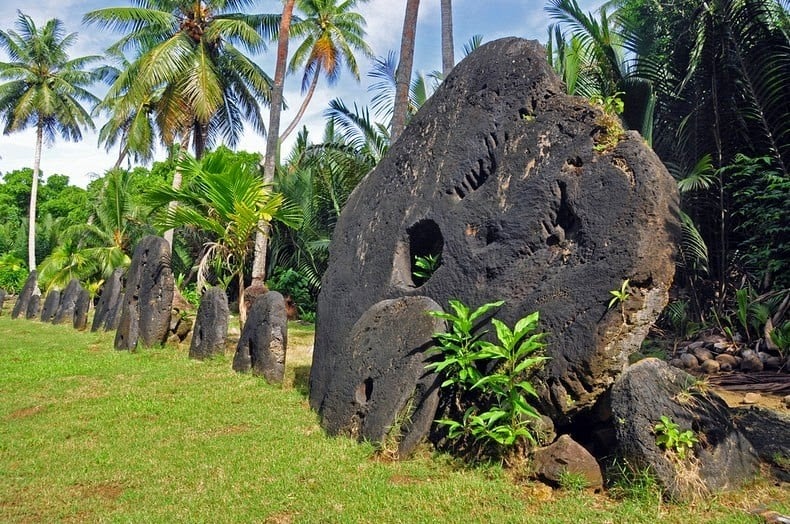 |
| The people of Yap Island use giant limestone discs as a medium of exchange instead of currency. (Source: Amusing Planet) |
The stones are called "Rai" (whale in the local language) because their original shape resembled a whale. Although the origin of this currency is unknown, archaeologists have discovered flat stones that are up to 2,000 years old on the island.
Initially, people carved Rai stones from quarries or caves on Palau Island, about 400km from Yap Island. Rai stones are made from limestone because this material has a shiny surface, making this type of stone stand out from other objects on the island. They are shaped into large round discs, with holes for a pole to be inserted through, with diameters ranging from 7-360cm, weighing up to 5 tons. There are also smaller Rai stones with a diameter of 7-8cm, making them very convenient for exchange.
Once completed, the Rai stones will be transported by barge pulled by canoe to Yap Island in about 1-2 weeks. The time and effort of transportation, as well as the size of the stone, will affect the denomination of the Rai coin.
Because of the value and weight of this "money", the islanders are self-conscious about who it belongs to, so theft is almost non-existent. There are currently about 6,500 Rai coins scattered across the islands.
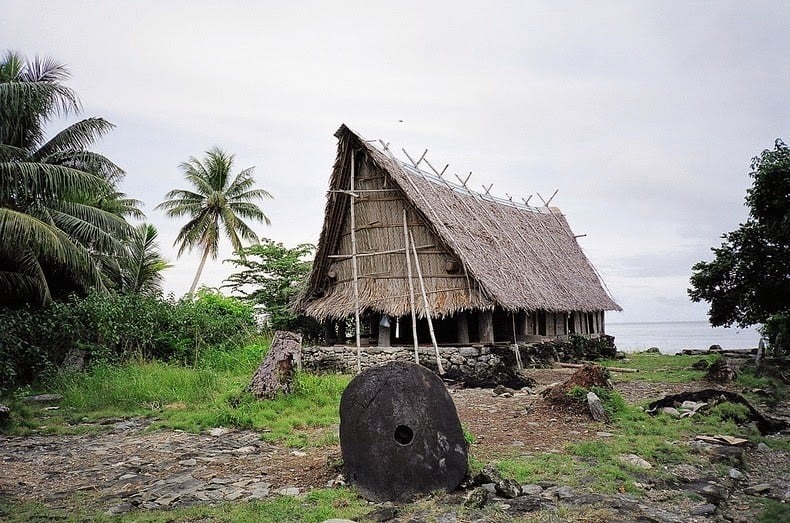 |
| Although people switched to using the US dollar in the 20th century, the Rai is still trusted in special transactions such as political agreements and dowries. (Source: Amusing Planet) |
Irish-American Captain David O'Keefe was once rescued by the locals after his shipwreck near Yap Island. He then helped the locals retrieve Rai coins. In return, the captain received various goods such as coconut meat and sea cucumbers.
Rai stone trade fell out of favor in the early 20th century due to trade disputes between Spain and Germany in the area. During World War II, when Japan occupied Yap Island, the Japanese used the stone for construction and as anchors.
By the 20th century, the Yap people had replaced the Rai with the US dollar. However, in some special transactions such as political agreements and dowries, the Rai was still used.
Source



![[Photo] Flooding on the right side of the gate, entrance to Hue Citadel](https://vphoto.vietnam.vn/thumb/1200x675/vietnam/resource/IMAGE/2025/10/28/1761660788143_ndo_br_gen-h-z7165069467254-74c71c36d0cb396744b678cec80552f0-2-jpg.webp)

![[Photo] Hue: Inside the kitchen that donates thousands of meals a day to people in flooded areas](https://vphoto.vietnam.vn/thumb/1200x675/vietnam/resource/IMAGE/2025/10/29/1761738508516_bepcomhue-jpg.webp)
![[Photo] Prime Minister Pham Minh Chinh chaired a meeting to discuss solutions to overcome the consequences of floods in the central provinces.](https://vphoto.vietnam.vn/thumb/1200x675/vietnam/resource/IMAGE/2025/10/29/1761716305524_dsc-7735-jpg.webp)
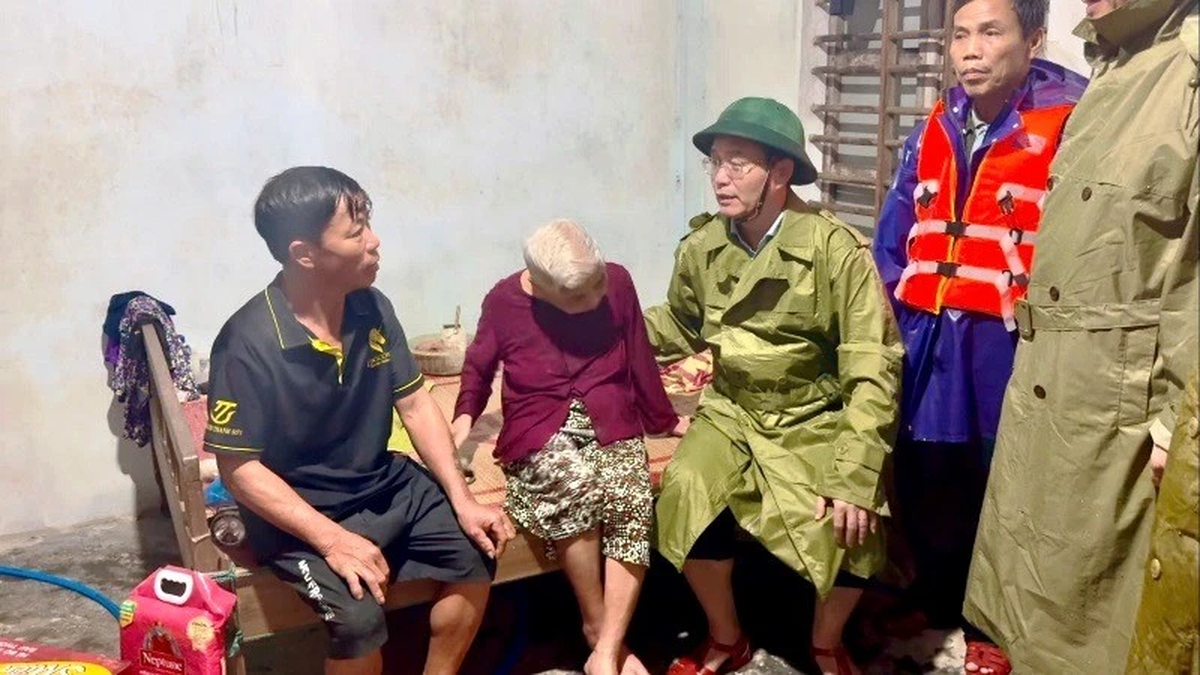











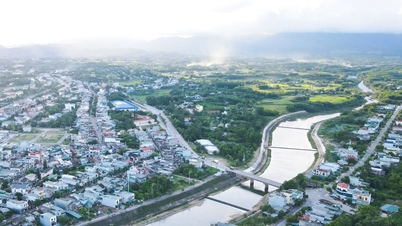





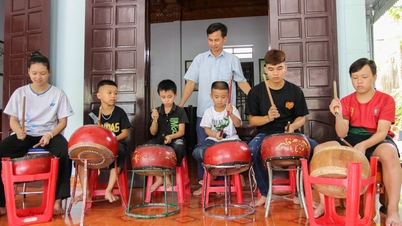

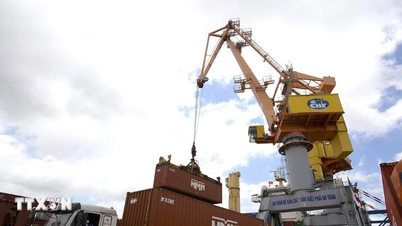










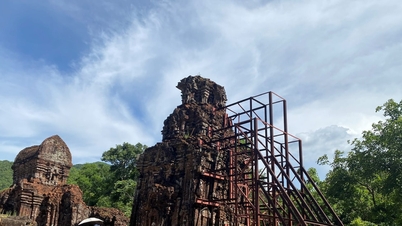

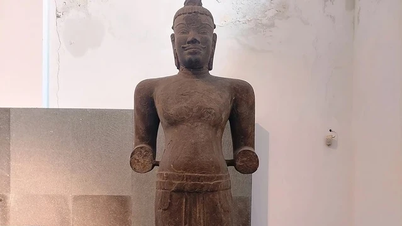

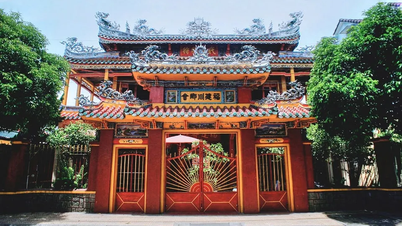

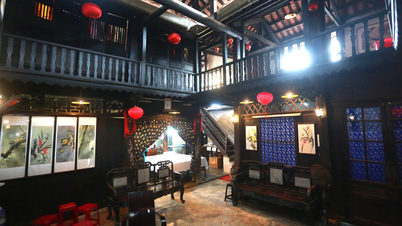

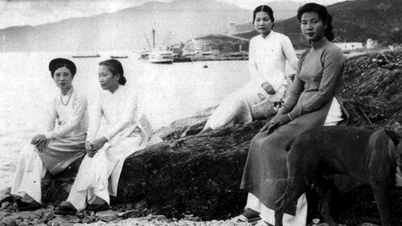

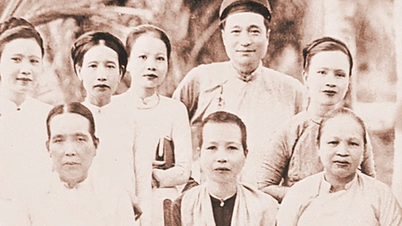


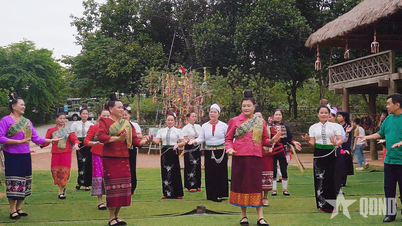

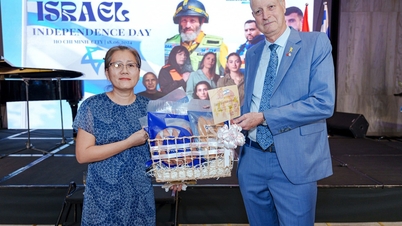

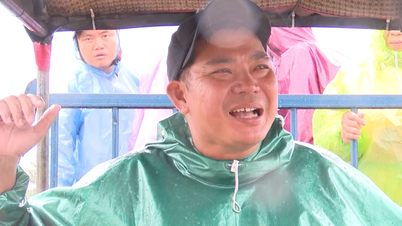







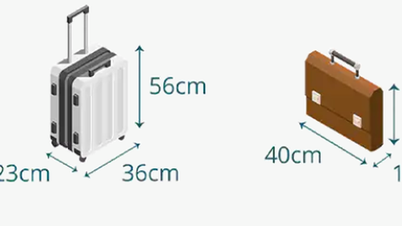









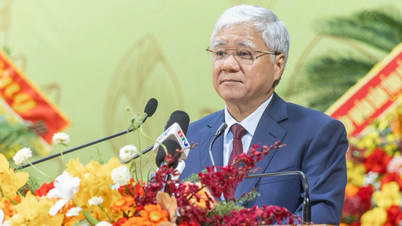
![[Infographic] Vietnam's socio-economic situation in 5 years 2021-2025: Impressive numbers](https://vphoto.vietnam.vn/thumb/402x226/vietnam/resource/IMAGE/2025/10/29/1761730747150_anh-man-hinh-2025-10-29-luc-16-38-55.png)

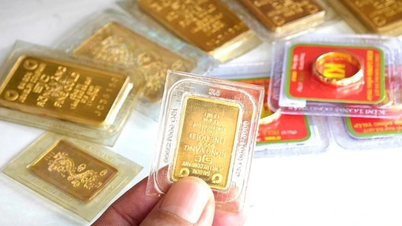



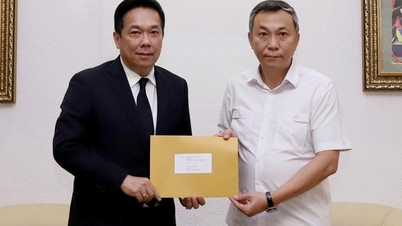



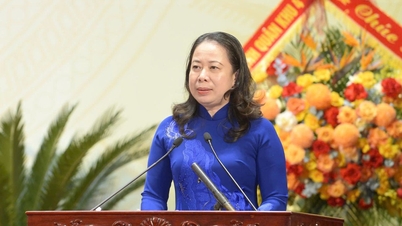






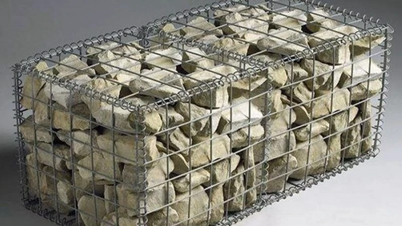



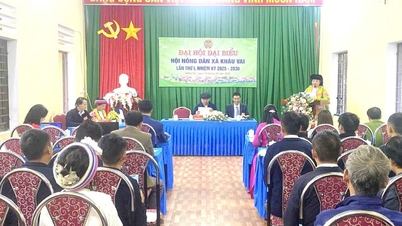
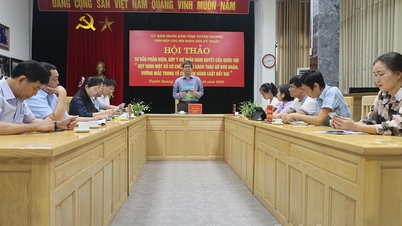














Comment (0)